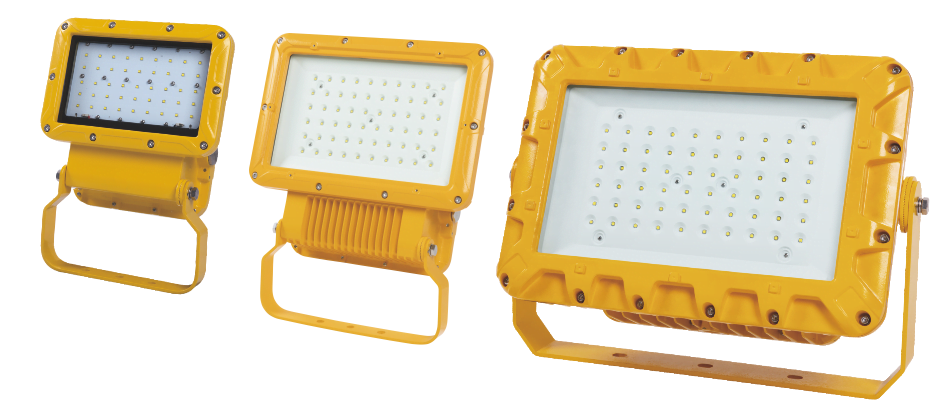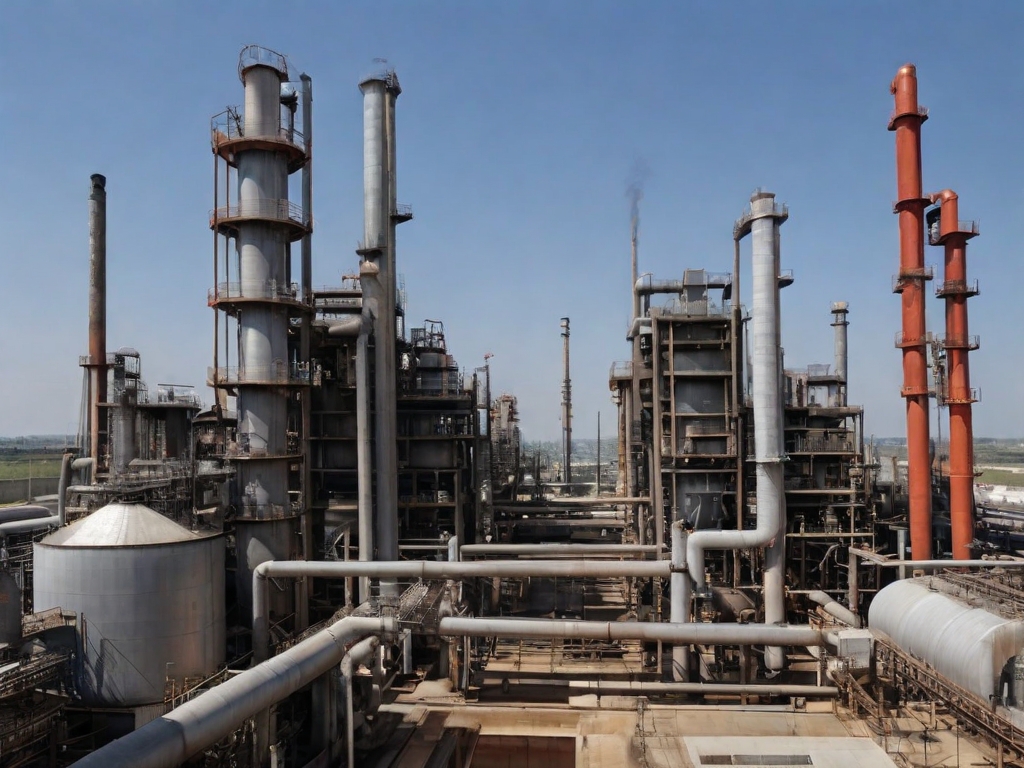When it comes to lighting solutions, safety is paramount. This is especially true in hazardous environments where the risk of explosions is high. In this article, we will compare two types of lighting solutions: intrinsically safe lighting and non-explosion proof (non-ex-proof) lighting. We will delve into their features, benefits, and drawbacks, and provide insights to help you make an informed decision. This article is brought to you by the Intrinsically Safe Store, your one-stop-shop for all intrinsically safe and explosion proof devices. Visit our website to explore our wide range of products.
Understanding Intrinsically Safe Lighting
Designers create intrinsically safe lighting to operate in hazardous environments without causing ignition. These lighting solutions are designed by engineers to limit electrical and thermal energy to a level below what is required to ignite a specific hazardous atmospheric mixture.
Benefits of Intrinsically Safe Lighting
- Enhanced Safety: The primary benefit of hazardous location lighting is its high level of safety. It significantly reduces the risk of ignition in hazardous environments.
- Regulatory Compliance: Intrinsically safe lighting solutions comply with stringent safety standards and regulations, ensuring peace of mind for businesses.
- Cost-Effective: While the initial investment may be higher, the long-term maintenance and replacement costs are often lower than non-ex-proof lighting.

Drawbacks of Intrinsically Safe Lighting
- Initial Cost: The advanced safety features of intrinsically safe lighting can make it more expensive upfront than non-ex-proof lighting.
- Specialized Installation: These lighting solutions require specialized installation and maintenance, which may not be readily available in all areas.
Understanding Non-Ex-Proof Lighting
Non-ex-proof lighting, on the other hand, is not designed to prevent ignition in hazardous environments. These lighting solutions are typically used in non-hazardous areas.
Benefits of Non-Ex-Proof Lighting
- Lower Initial Cost: Non-ex-proof lighting solutions are generally less expensive upfront than intrinsically safe lighting.
- Easy Installation: These lighting solutions are easier to install and maintain, making them a convenient choice for non-hazardous areas.
Drawbacks of Non-Ex-Proof Lighting
- Not Suitable for Hazardous Areas: Non-ex-proof lighting is not designed for hazardous environments and can pose a significant risk if used in such areas.
- Regulatory Compliance: These lighting solutions may not comply with safety standards required for hazardous areas, potentially leading to regulatory issues.
Choosing the Right Lighting Solution
The choice between hazardous location lighting and non-ex-proof lighting depends on the nature of your environment. If you operate in a hazardous area, intrinsically safe lighting is the clear choice. However, for non-hazardous areas, non-ex-proof lighting may be a more cost-effective solution.
Choosing the Right Lighting Solution
In conclusion, both hazardous location lighting and non-ex-proof lighting have their benefits and drawbacks. The key is to understand your specific needs and choose the lighting solution that best meets them. The Intrinsically Safe Store offers a wide range of intrinsically safe and explosion proof devices to cater to various needs. Contact us today for expert advice on choosing the right lighting solution for your environment.


























